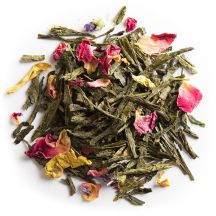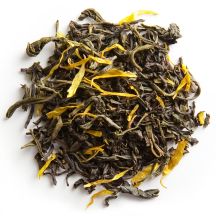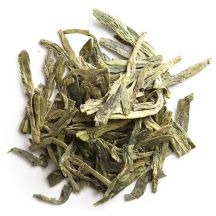Free shipping from $55
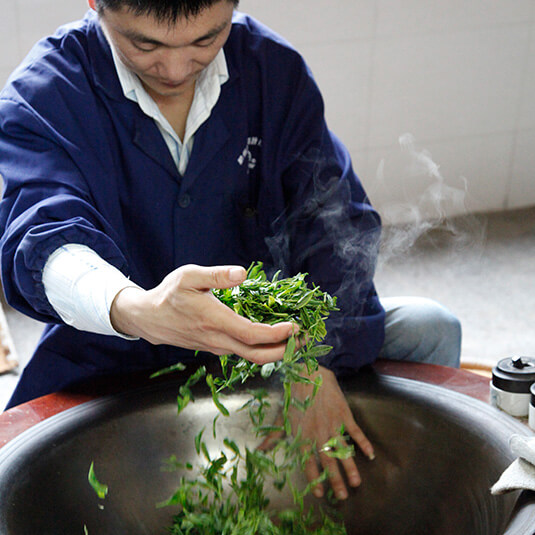
Ancient Techniques
From Japan to China—primarily—the traditional skills and artisanal methods are still practiced today. From region to region, and sometimes even from village to village, one can enjoy green teas of remarkable quality.
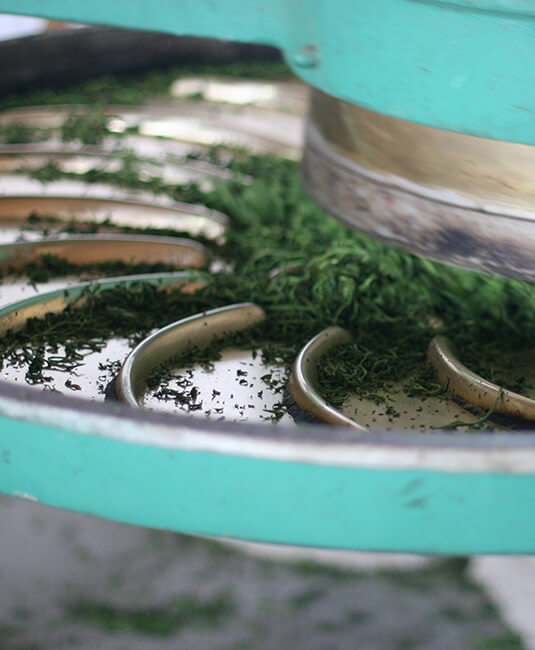
Green Tea Production
Green teas are unoxidized. Their production involves three main steps:
1. Roasting : The first step is to halt the enzymes responsible for oxidation in the leaves. This is done by rapidly heating the leaves to over 100°C, either dry in metal pans (Chinese method) or with steam (Japanese method), for a duration ranging from 30 seconds to a few minutes. The leaves become pliable and easy to roll.
2. Rolling : The leaves are then shaped into sticks, pearls, twists, or even whole tea leaves, as seen in Long Jing tea. This can be done either cold or hot, depending on the fineness of the harvest. Young shoots are easily rolled cold due to their high water content, unlike more mature leaves, which need to be rolled immediately after roasting while still warm.
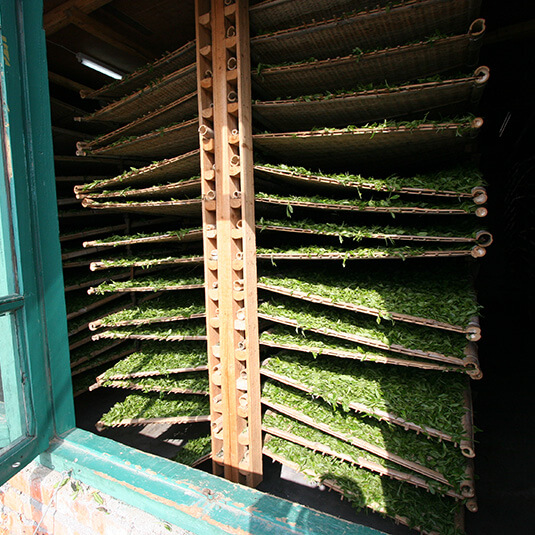
3. Drying (Desiccation) : The leaves are then dried to ensure flavor stability and long-term preservation. They are placed on drying racks where warm air circulates for 2 to 3 minutes. After resting for 30 minutes, the process is repeated until the leaves contain only 5 to 6% water.
Finally, the leaves are sorted before being packaged.

